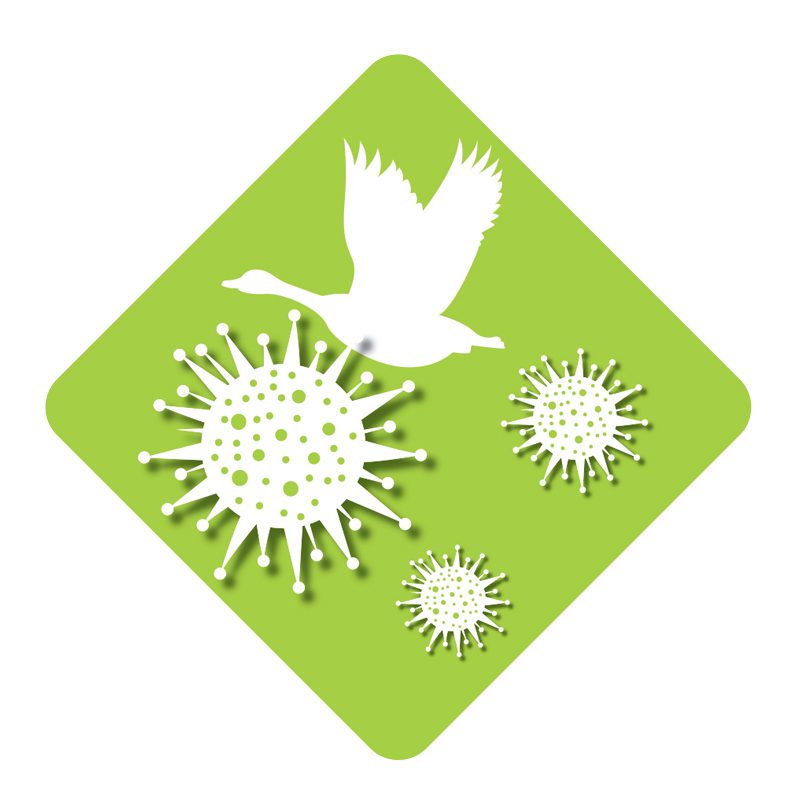
Illustration by Tabitha Walters
In February, Shira Haderlein and a friend took a walk in Mary Beth Doyle Park to decompress. But as they approached the detention pond, they discovered the corpses of dozens of Canada geese.
“I mean, it was just littered,” she says. “It felt apocalyptic.”
Haderlein texted her husband, who found an A2 Fix It thread reporting “three dead geese in the water near the pedestrian bridge. The city had responded, “The waterways are maintained by State DNR, and we have been advised … to let nature take its course.”
“[T]here are dozens more dead geese at the reservoir,” Haderlein’s husband replied. “I think this could be a bigger issue and require more cleanup. Bird flu?”
City communications director Lisa Wondrash emails that the city contacted the Michigan Department of Natural Resources. MDNR’s initial testing for highly pathogenic avian influenza (HPAI) came back “suspect or preliminary positive,” says wildlife pathologist Julie Melotti.
Winter, it turns out, is flu season for birds and humans alike. “We have a lot of frozen bodies of water, and you’re getting these geese and these ducks … congregating in whatever open water there is,” explains Melotti. The same week, another die-off was reported at Superior Dam.
The CDC considers humans low-risk for HPAI, but it can be fatal in dogs and especially cats. Pets should be kept away from wild birds and their droppings, and should be taken to see a veterinarian if they display fever, lethargy, loss of appetite, discharge from eyes or nose, or neurological issues.
The MDNR lacks “the resources to go out and dispose of birds all over the state, so that’s falling on whoever owns the property,” Melotti adds. Wondrash writes that parks staff “followed safety protocol when removing the dead geese.”
The county health department is working on signage warning about bird flu, and Melotti encourages people to use MDNR’s online tool, Eyes in the Field, to report die-offs of more than six wild birds. (It’s also available as an app.) Because birds also congregate at feeders this time of year, the agency recommends cleaning them regularly with a 10 percent bleach solution.
Related: Eggflation